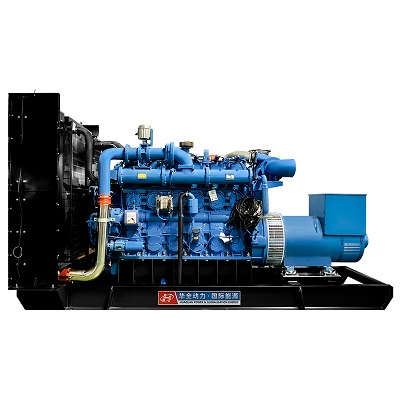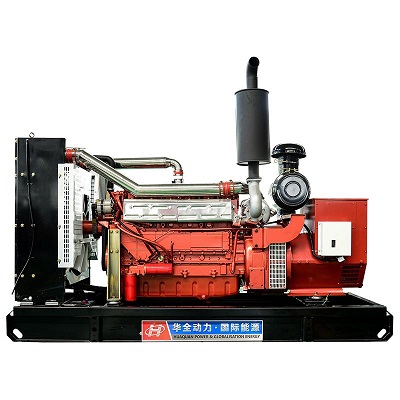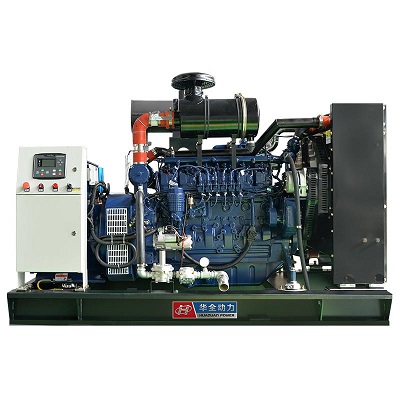1. Frame: including the frame body, support columns and connecting bolts, etc., used to support and fix other components.
2. Combustion chamber: composed of the combustion chamber body, nozzle cover plate and flame tube, responsible for the combustion process of the fuel.
3. Speed governor: mainly composed of speed regulating springs, slip rings and locking nuts, etc., used to adjust the output torque of the engine and generator to adapt to load requirements and prevent voltage fluctuations caused by sudden load changes.
4. Fuel system: composed of oil pumps, oil tanks and oil pipelines, used to transport liquid substances such as fuel oil and cooling water.

5. Steam turbine: as the heart and power source of the natural gas generator set, it is the core component of the entire system.
6. Turbine steam generator (compressor): equipment that produces high-pressure and high-temperature gas to enter the combustion chamber for combustion, and is an indispensable part of the gas-steam combined cycle.
7. Turbine: The main equipment for compressing low-pressure steam into high-temperature gas.
8. Gas turbine: A rotary heat engine consisting of a cylinder, a steam turbine and a turbine, responsible for converting thermal energy into mechanical energy.
In addition, gas generator sets also include axial flow (single or double stage) and centrifugal gas turbines, as well as different combinations of hybrid, compound, multi-connected and series combinations. Measure and adjust various parameters of the system to ensure the stability of operation. The control system usually includes the function of automatically adjusting the engine speed, gas supply and power output.


